Spain’s Ribera del Duero wine country
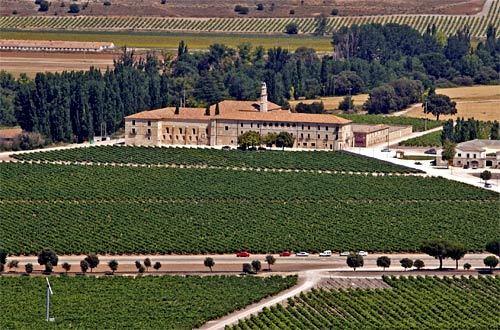
The Abadia Retuerta is a 12th century abbey that has been converted into a winery, perhaps the toniest destination in Ribera del Duero for wine tourists. A luxury hotel and restaurant are in the works. (Denis Doyle / For the Times)
This region of Old Castile has emerged as a wine superstar, with its royal roots (castles, anyone?) and sophisticated lodging (think 17th century chic).
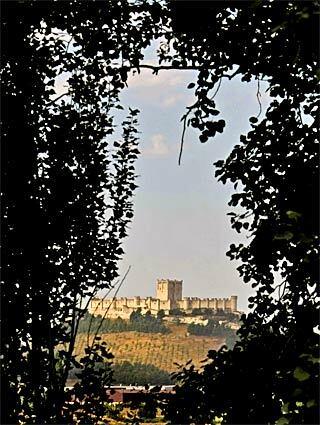
Ribera del Duero, a valley just north of Madrid that was once the playground of Spanish royals, boasts rich, jazzy Tempranillo wines that have critics swooning. Visitors find that wine tasting here is a trip through time, experiencing part of a centuries-old local tradition in a landscape dotted with medieval palaces and churches. Castillo Peñafiel, here, dates to the 15th century and sits on a hill overlooking the town of the same name. (Denis Doyle / For the Times)
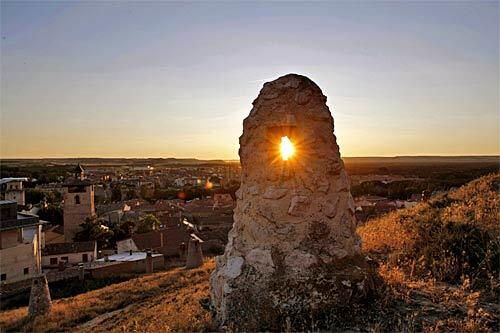
The sun shines through the ventilation shaft of an ancient underground winery in Peñafiel. Such wineries, called bodegas, are still used by local families to make homemade wine. (Denis Doyle / For the Times)
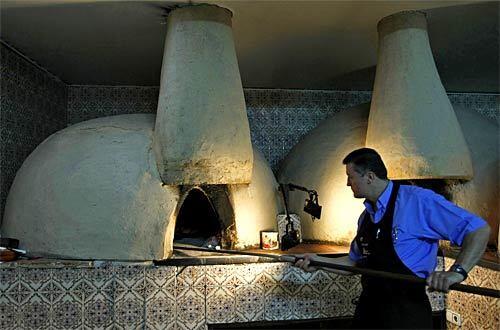
Roasted lamb is a regional specialty, and locals say the most succulent can be had at Mannix. Here, chef Juan Carlos Garcia mans the restaurant’s wood-burning ovens. (Denis Doyle / For the Times)
Advertisement
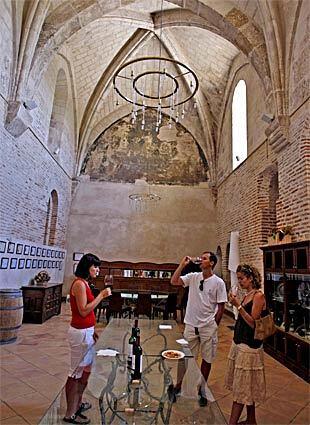
The grand tasting room at Abadia Retuerta showcases the abbey’s Romanesque architecture. (Denis Doyle / For the Times)
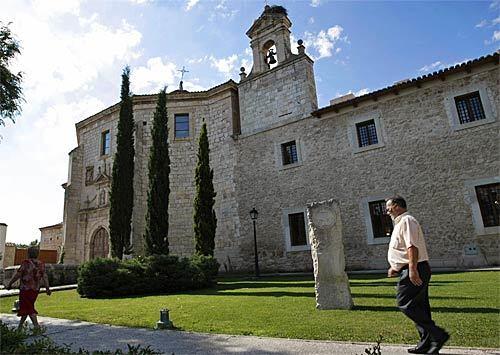
Convento las Claras, a 400-year-old former convent, is now a luxury hotel overlooking a lush park by the river. (Denis Doyle / For the Times)
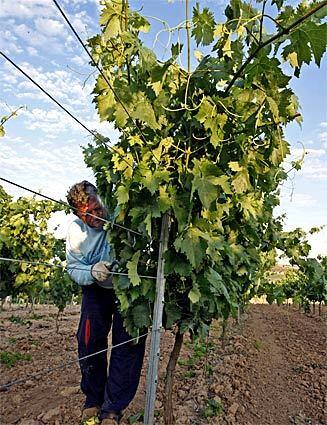
A worker prunes vines at a vineyard in Pesquera. Local winemaker Alejandro Fernández is the one who first sparked interest in the region’s wines back in the 1980s. (Denis Doyle / For the Times)
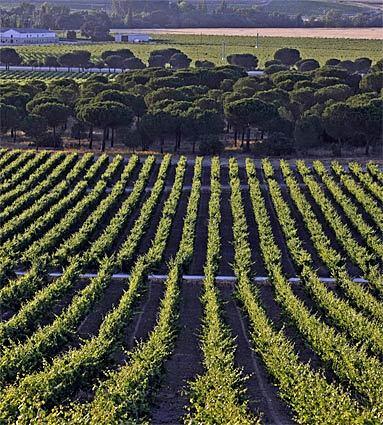
Abadia Retuerta’s extensive vineyard can be toured on horseback. (Denis Doyle / For the Times)
Advertisement
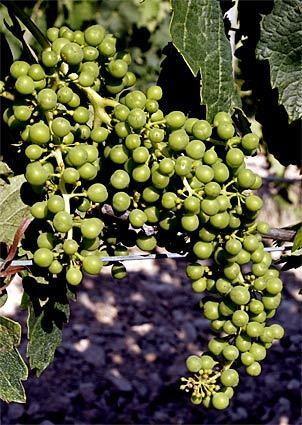
The wines of Ribera del Duero vary according to their origin. On the western end, hot summer days and cool nights make for grapes that hold onto their acidity at the peak of ripeness, and wines with finesse. Grapes from the warmer eastern side of the valley make wines generous in fruit -- and hold the astringency. (Denis Doyle / For the Times)
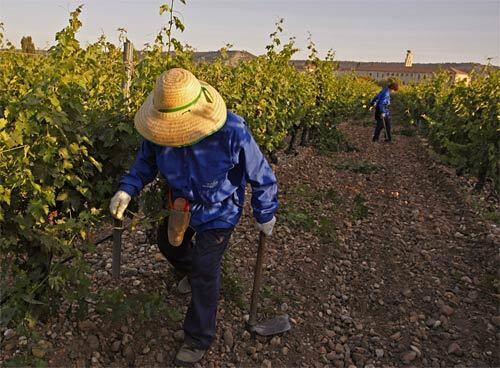
The vineyard at Abadia Retuerta. (Denis Doyle / For the Times)
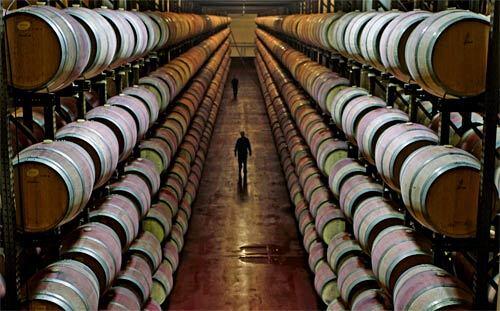
Casked wine at Abadia Retuerta. Tempranillo and Cabernet Sauvignon blend wines are the house specialty. (Denis Doyle / For the Times)
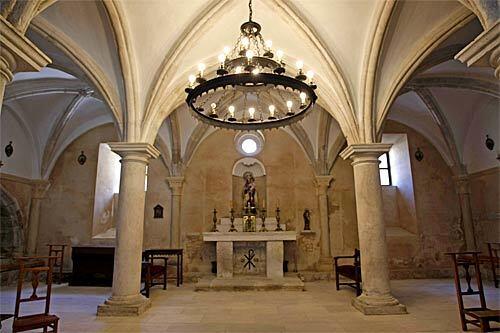
Abadia Retuerta’s chapel. (Denis Doyle / For the Times)
Advertisement
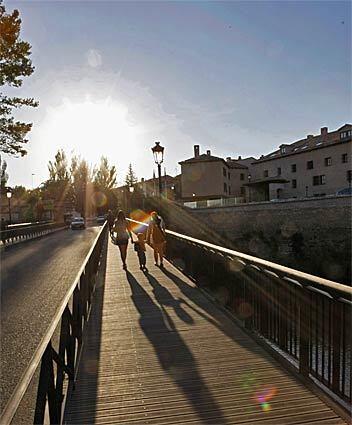
The main bridge over the Duero River in Peñafiel. (Denis Doyle / For the Times)
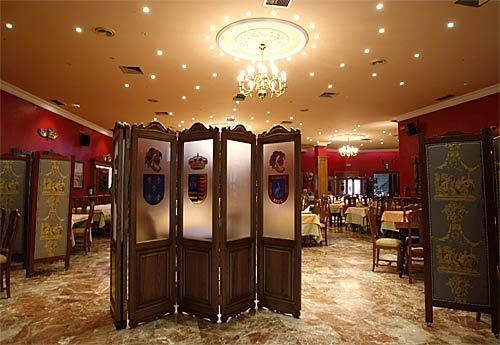
Diners expecting a mom-and-pop joint will be surprised by Mannix, a restaurant in the tiny farming town of Campaspero with a humble exterior whose considerably more elegant interior could seat about 250. (Denis Doyle / For the Times)
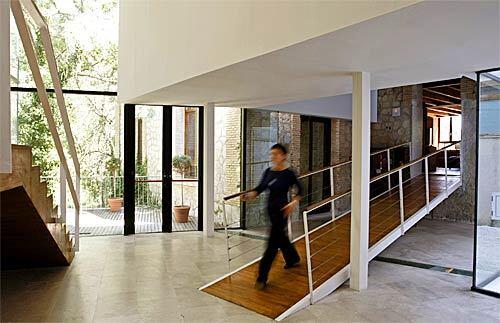
In western Ribera del Duero, Hotel Fuente de la Aceña is the place to stay. The small, modern boutique hotel is actually a refurbished riverside mill. (Denis Doyle / For the Times)



